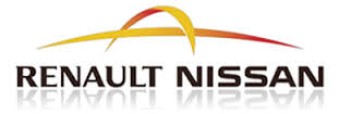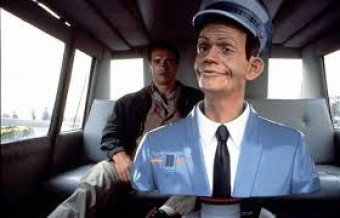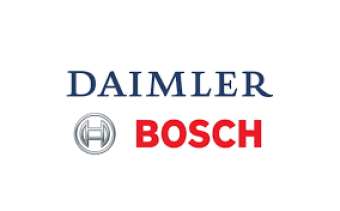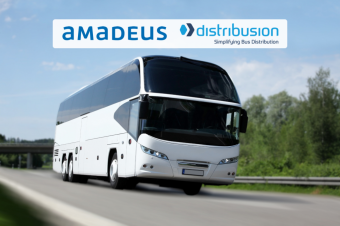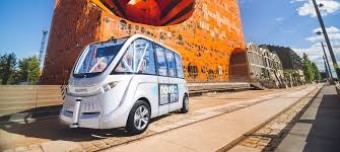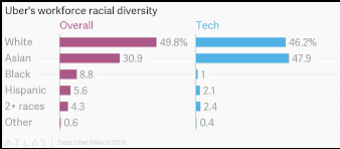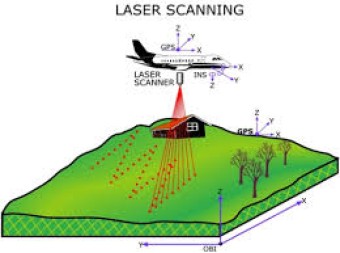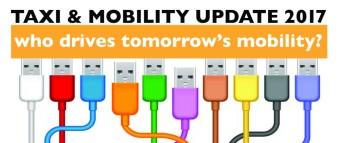Canadian Innisfil latest town to adopt Uber to combat ‘expensive’ public transit system
The town of Innisfil, Ontario, has a transit problem but instead of going the traditional route, they’re partnering up with Uber. Although the ride-share service has proven controversial in major cities across North America – including Toronto – Innisfil’s council approved the deal with the tech company in March. Pinellas County in Florida (US) was one of the earliest adopters of this approach. Several smaller communities followed.
Mayor Gord Wauchope said the decision came after a transit feasibility study was completed in 2015. The study recommended the town start with a one bus route that would have cost nearly $300,000. But the route would only service a small portion of the town. In 2016, the town’s planning department suggested going a different way – Uber. “To run a transit system in a town at this present time is too expensive. You’d have a lot of taxpayers paying taxes on a transit system they wouldn’t even be able to use,” Wauchope explained.
“This was a great way to have everyone in the town participate in using the Uber system … Hopefully it will be a great benefit for the town of Innisfil and its residents.” Part of the appeal is the lower cost of running Uber versus a traditional transit system. “We all know transit systems lose money. This way we’re going to lose some money but it’s not going to be in the hundreds of thousands, it’s going to be $100,000 maybe $125,000,” Wauchope said.
Residents will pay a base fee to travel around the town and the city will foot the bill for the rest of the fare. Uber will offer discounted trips to certain destinations in the town. “We were thrilled when the Town of Innisfil approached us last year as they were interested in running a dynamic ridesharing-based transit service to test the feasibility of such a service in the Town,” Uber said in a statement.
“Since then, we have worked closely with Town staff to develop a public transit partnership that will provide affordable and cost effective transit to their residents.” Wauchope said taxis will still operate in Innisfil and offer services not available through Uber, such as accessibility transportation. The project will officially launch May 1.
Read more: http://www.citynews.ca/2017/04/04/town-innisfil-partners-uber-solve-transit-problems/
http://www.ctvnews.ca/canada/innisfil-ont-chooses-uber-over-buses-in-canadian-first-1.3355348?autoPlay=true
- Uber now offering (cheaper) solutions for public transport.

